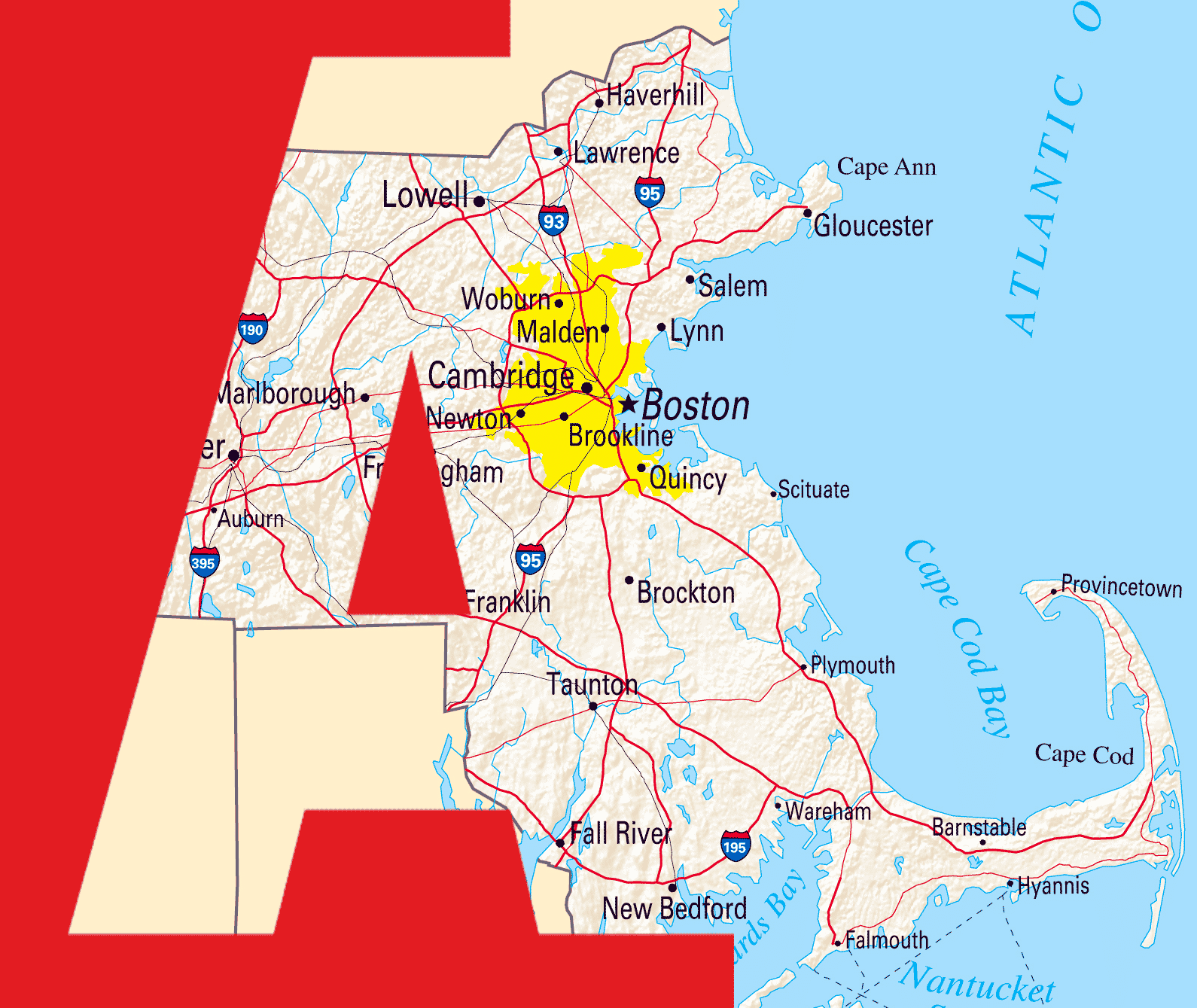In our colder northern climate, water penetration is among one of the most common sources of masonry brick failure. When water freezes, it expands. If this expansion occurs in the pore spaces of brick or between the brick and mortar, cracks are likely to form and propagate. Thus, you are left facing the need for brick repair. Furthermore, the severity of the cracking may increase until the damage is repaired or the walls fail with additional expansion cycles.

At Abbot Building Restoration, our experts are here to help you understand, prevent, and provide the needed masonry repair services your building may require.
Water will also carry salts into walls, either leached from cement in the mortar or percolated from the ground. As the water evaporates, salt crystals (fluorescence) form either on the surface of the brick (efflorescence) or within the pores of the brick (cryptoflorescence). Efflorescence is unsightly but does not usually damage brick by itself. Cryptoflorescence, however, can seal water into brick pores, causing expansion damage or damage to the brick directly as the salt crystals expand.
Through-Wall Flashing
Brick walls that are designed to shed water are the most desirable. However, through-wall flashing provides the best defense against water penetration. Through-wall flashing is an impermeable membrane placed in the wall. This membrane extends from the sheathing, across the air space, and to the exterior of the brickwork. Properly installed flashing keeps water from penetrating through a wall face. Through-wall flashing at grade level prevents water from seeping into the upper section of a wall from the below-grade masonry.
Flashing should be placed at all points where the air space is closed off. Standard building codes require flashing in many locations. These include:
- At the foundation
- Above window and door heads
- At window sills
- Where the roof of a one-story wing meets a two-story brick veneer wall.
Flashing should extend from the outside face of the veneer through the thickness of the brick, across the air space to the backing, and then up at least 8 inches. The flashing should either extend up behind the water-resistant barrier or be attached to its surface with a termination bar. Flashing held back from the outside of the brick veneer — even just ½ inch — may allow water to enter the wall.
Flashing that is punctured will not perform as intended and should be torn out and replaced. Where flashing under a brick course requires more than a piece, pieces should be overlapped at least 6 inches and sealed with compatible mastic.
Because the expense and difficulty of replacing flashing is considerable, only the best materials should be used. Copper and copper alloys, stainless steel, bituminous membranes, and combinations of such materials are suitable for flashing. Aluminum and building felt should not be used.
For more information on brick repair and sealing in Massachusetts, contact Abbot Building Restoration at 617-445-0274 today.


